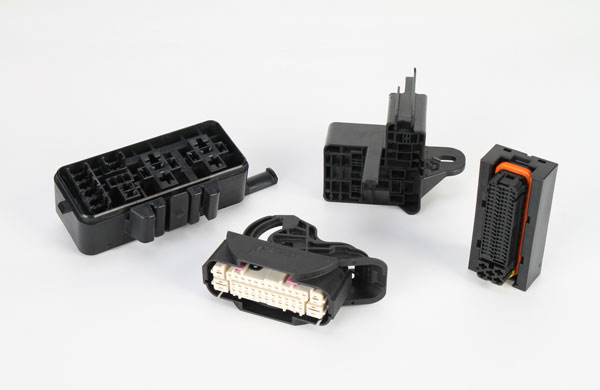In the field of injection molding, the phenomenon of cavitation is an issue that cannot be ignored. Cavitation refers to the formation of vacuum pores in the mold due to insufficient material volume relative to the mold cavity as the material begins to solidify from the surface. This phenomenon often occurs at thickness variations and gate areas of the product, significantly affecting the appearance quality of transparent products. For opaque products, although cavitation does not affect their functionality, its presence inside the product is still undesirable. Especially when cavitation is caused by moisture and volatiles, these pores tend to spread throughout the product, and their shapes are usually relatively small.
I. Analysis of the Causes of Cavitation in Injection Molded Products
Insufficient Pressure in the Injection Mold: This is one of the important reasons for the occurrence of cavitation. When the pressure inside the mold is insufficient to fully fill the mold cavity, incomplete solidification of the material is likely to occur, leading to cavitation.
Moisture and Volatile Substances in the Material: If the injection molding material contains excessive moisture or volatile substances, these components will convert into gas during the injection process, resulting in cavitation in the product.
Excessive and Uneven Thickness of the Product: Excessive or uneven thickness of the product can lead to uneven filling of the material during solidification, thereby producing cavitation.

II. Solutions to Cavitation in Injection Molded Products
Adjust Injection Parameters: Increase the injection pressure during injection molding and extend the holding time to ensure that the material can fully fill the mold cavity. At the same time, for plastic materials containing moisture and volatile substances, they must be thoroughly dried, and the temperature of the heating barrel should be appropriately reduced to reduce gas generation.
Optimize the Design of the Sprue and Gate: Appropriately enlarging the size of the sprue and gate can improve the flow properties of the material and reduce the occurrence of cavitation.
Eliminate Excessive Thickness in the Product: By optimizing the design, eliminate excessive thickness in the product so that the material can fill uniformly during solidification, thereby avoiding cavitation.
III. The Influence of Material Differences on Cavitation
It should be noted that different materials have different tendencies for cavitation. Especially in cases where crystalline materials and products with greater thickness are used, cavitation and other issues are more likely to occur. Therefore, when selecting materials and designing products, these factors should be fully considered.
IV. Notes on Cavitation in Injection Molded Products
Lastly, it is worth mentioning that injection molded products should be allowed to cool slowly after being removed. Excessively fast cooling rates can lead to uneven stress distribution inside the product, increasing the risk of defects such as cavitation. Therefore, during the injection molding process, the cooling rate should be reasonably controlled to ensure the quality stability of the product.